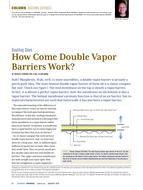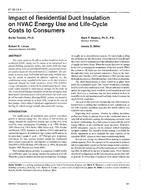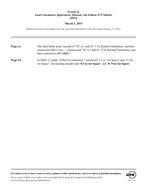The importance of air-conditioning as a “comfort” factor has been generally recognized. As more and more air-conditioned classrooms are being built, the effect of thermal environment on learning has been examined in a number of studies. 1,2,3 Their findings tend to suggest that overall student performance is indeed better in air-conditioned than in non-air-conditioned classrooms. However, the evidence was inconclusive, partly because the relationship between thermal environment and learning depends upon and interacts with a number of other factors, partly because the experimental designs employed in these studies involved not only different tasks but also different students, different teachers, and different classrooms.
The present paper is a report on three experiments in which the study of the relationship between thermal environment and learning involved comparison between air-conditioned and non-air-conditioned classrooms with varied learning tasks while as many other potentially influential factors as possible were held constant. Part I is a description of the three experiments, as originally run. Part II is a presentation of the results after a reorganization and re-analysis of the original data.
Citation: ASHRAE Transactions, Volume 79, Part 1, Chicago, IL
Product Details
- Published:
- 1973
- Number of Pages:
- 12
- File Size:
- 1 file , 870 KB
- Product Code(s):
- D-CH-2266


